The calf muscle is located in the lower part of the leg and comprises three muscles, namely one called soleus and two gastrocnemius muscles. All of these muscles together form a strong muscular structure which can also, as any other muscle in the body, be damaged or strained by different processes.
In the majority of cases, calf muscle swelling results from excessively vigorous exercise combined with bad form. There are many more causes of calf swelling, however. Fortunately, most of them are quite benign and cause no serious medical problems.
What are the Causes of a Swollen Calf Muscle?
Swelling of the calf muscles is generally associated with some kind of sports activity or other physically demanding task. Calf muscle swelling is especially common in people who perform repeated stretching. A swollen calf muscle may, therefore, commonly affect runners, basketball players, and people practicing crossing hurdles. Many times the muscle is damaged due to overstretching, although the underlying cause of such a problem may sometimes be closely connected with fatigue and exposure to cold weather.
A torn calf muscle is a condition which is always accompanied by some amount of swelling, as well.
In people suffering from deep vein thrombosis the surrounding tissues of the inflamed and thrombosed vein become swollen too. So, if the process of thrombosis affects the lower leg, the calf muscle will be swollen.
Swelling of the calf muscle also affects people suffering from lack of minerals such as magnesium or calcium, compartment syndrome or it can develop as a result of incorrect posture. And finally, some people may cause calf muscle swelling while walking or rolling their feet in an abnormal way, called pronation and supination.
- Chronological age - Strong evidence exists for an association between increased age and future calf strain, measured in Australian football and football athletes. Two large prospective studies with low risk of bias found significant associations across both univariate and multivariate analyses.
- Individual player characteristics - Moderate evidence was found for no association between limb dominance and calf muscle or lower leg muscle injury, across one high risk and one low risk of bias study.
- Match characteristics, fatigue and playing schedule - The precompetition or preseason period showed limited evidence for higher risk of calf injury compared with other phases of the season, examined in a single high risk of bias study.
- History of previous calf muscle strain injuries - Two low risks of bias studies provide strong evidence for history of previous calf muscle injury and future risk.
- History of other previous lower limb injury - Four studies presented data relating to other previous injury and future calf or lower leg injury in triathletes, football and Australian Rules athletes.
- Other extrinsic variables - There was limited evidence for no association between temperature, evaporation in the previous week, game-day rainfall, rainfall in the previous week and month of the year with sustaining a calf or lower leg muscle injury.
Clinical Characteristics of a Swollen Calf Muscle
Depending on the underlying cause of the swelling, patients suffering from swelling of the calf muscle may report different symptoms. Injuries are generally accompanied by pain and tenderness in the affected area, but in these cases patients would be aware of the cause of the issue.
Pain occurs while standing or walking and may significantly reduce with rest. The calf muscle and surrounding tissues are swollen and may be warm to touch. Soon after the injury the area may start bruising. And, in people suffering from superficial vein thrombosis and varicose veins, the affected blood vessels in the lower part of the leg become prominent and visible, signs that indicate the patient requires immediate medical attention.
Treatment for a Swollen Calf Muscle
In the majority of cases, conservative treatment is sufficient. The treatment takes care of all the symptoms and signs of the problem and its underlying cause and allows the person to regain the strength of the calf muscle and all its functions.
Conservative treatment, in this case, essentially means that the person is supposed to rest his or her affected leg and avoid performing any kind of strenuous activities or sports. Swelling can be significantly reduced with cold compresses. These are applied several times a day for a couple of days, until the calf muscle swelling subsides.
Furthermore, swelling can be controlled with an elastic compression bandage or compression wear, and if the leg is kept in an elevated position this will also allow the swelling to go down. In some cases massage may be helpful. However, prior to engaging in this therapy it is good to consult a doctor. Some injuries may even become worse if one undergoes a massage.
For sport-related calf muscle swelling not caused by more serious injuries, resting up and taking an over the counter anti-inflammatory and painkiller will be sufficient. If the pain and swelling do not get better, however, see a doctor.


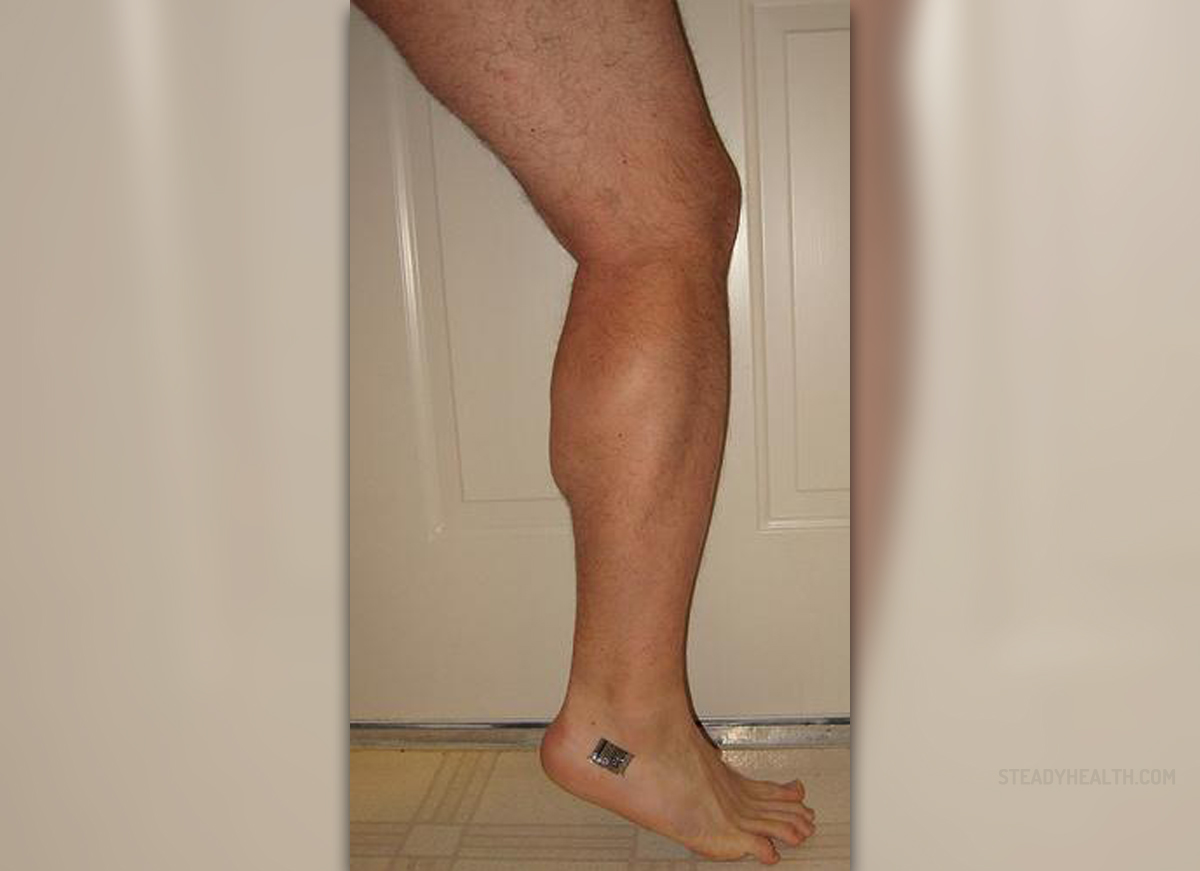

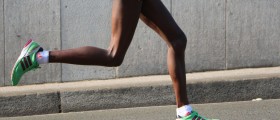


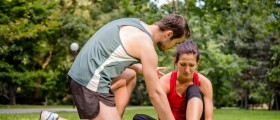
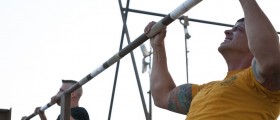
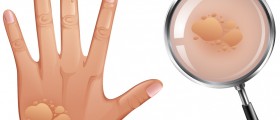

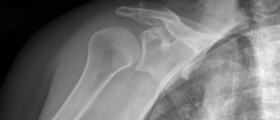






Your thoughts on this
Loading...